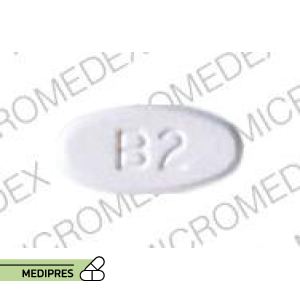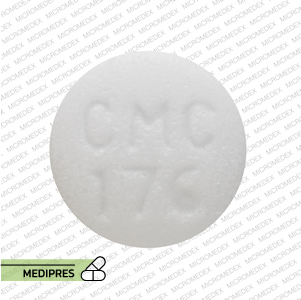
Striant
23 June, 2023
Sumatriptan
23 June, 2023Subutex
**Generic name:**
buprenorphine
**Drug class:**
opioid partial agonist (mu-opioid receptor partial agonist and kappa-opioid receptor antagonist); Schedule III controlled substance; opioid substitution therapy
**Dosage form:**
– Sublingual tablets (2 mg, 8 mg)
– Sublingual film (varies by region; consult label)
**Root of administration:**
– Sublingual
**Dose:**
– Induction: 2 mg or 4 mg sublingually once, may repeat in 1–2 hours if withdrawal persists; typical induction total 8 mg–12 mg on day 1
– Maintenance: 8 mg–24 mg once daily; maximum 24 mg/day
– Tapering or detoxification: gradual dose reduction (e.g., 2 mg decrements every few days)
– Varies by indication; consult label
**Mechanism of action:**
Buprenorphine binds with high affinity to mu-opioid receptors as a partial agonist, producing ceiling-limited opioid effects, and antagonizes kappa-opioid receptors, reducing dysphoria. High receptor affinity and slow dissociation confer prolonged effect and reduce risk of euphoria and respiratory depression compared with full agonists.
**Drug usage cases:**
– Opioid dependence (maintenance and detoxification)
– Opioid withdrawal management
– Off-label: chronic pain management (when other therapies are inadequate)
– Off-label: neuropathic pain
**Drug contra indications:**
– Hypersensitivity to buprenorphine or any component of the formulation
– Severe respiratory depression (in unmonitored settings)
– Acute or severe bronchial asthma or hypercapnia
– Acute intoxication with alcohol, hypnotics, centrally acting analgesics, opioids, or psychotropic drugs
– Paralytic ileus or significant gastrointestinal obstruction
– Concomitant use of monoamine oxidase inhibitors (within 14 days)
– Severe hepatic impairment (Child-Pugh C)
– Head injury or increased intracranial pressure
– Addison’s disease or adrenal cortex insufficiency
– Myxedema coma
**Side effects:**
Central nervous system
– Headache
– Dizziness, syncope
– Sedation, somnolence
– Insomnia
– Anxiety, depression
Gastrointestinal
– Constipation
– Nausea, vomiting
– Abdominal pain, dyspepsia
– Dry mouth
Other
– Sweating
– Peripheral edema
– Back pain, musculoskeletal pain
– Pruritus, rash
– Oral hypoesthesia or burning
– Withdrawal syndrome (precipitated or protracted)
– Hepatic enzyme elevations, hepatitis
– Respiratory depression (especially when combined with other CNS depressants)
– Orthostatic hypotension
– QT interval prolongation (rare)
**Warnings:**
– Risk of life-threatening respiratory depression, especially during induction or when used with benzodiazepines, alcohol, or CNS depressants
– May precipitate opioid withdrawal if administered before moderate withdrawal state
– Neonatal opioid withdrawal syndrome with use during pregnancy
– Accidental pediatric exposure can result in fatal overdose
– Hepatotoxicity: monitor liver function tests before and during treatment
– Risk of adrenal insufficiency; monitor for fatigue, hypotension, nausea
– Caution in patients with head injury or increased intracranial pressure (may worsen sedation and respiratory depression)
– Hypotension: may cause orthostatic hypotension and syncope
– Potential for abuse, misuse, and diversion; use with appropriate controls
– Avoid abrupt discontinuation; taper gradually to prevent withdrawal
– Impaired ability to drive or operate machinery
– Use with caution in patients with chronic pulmonary disease, sleep apnea, or compromised respiratory function
**Use during pregnancy or breastfeeding:**
Buprenorphine crosses the placental barrier and may cause neonatal withdrawal syndrome after birth. It is Pregnancy Category C. Maintenance therapy with buprenorphine monotherapy is preferred over full agonists to stabilize maternal opioid levels, reduce illicit opioid use, and improve prenatal care engagement. Neonates should be monitored for signs of withdrawal and respiratory depression. Buprenorphine is excreted in breast milk; infant plasma levels are low but monitor for sedation and respiratory depression. Benefits of breastfeeding generally outweigh potential risks if mother is on a stable dose and no illicit drug use is present.



